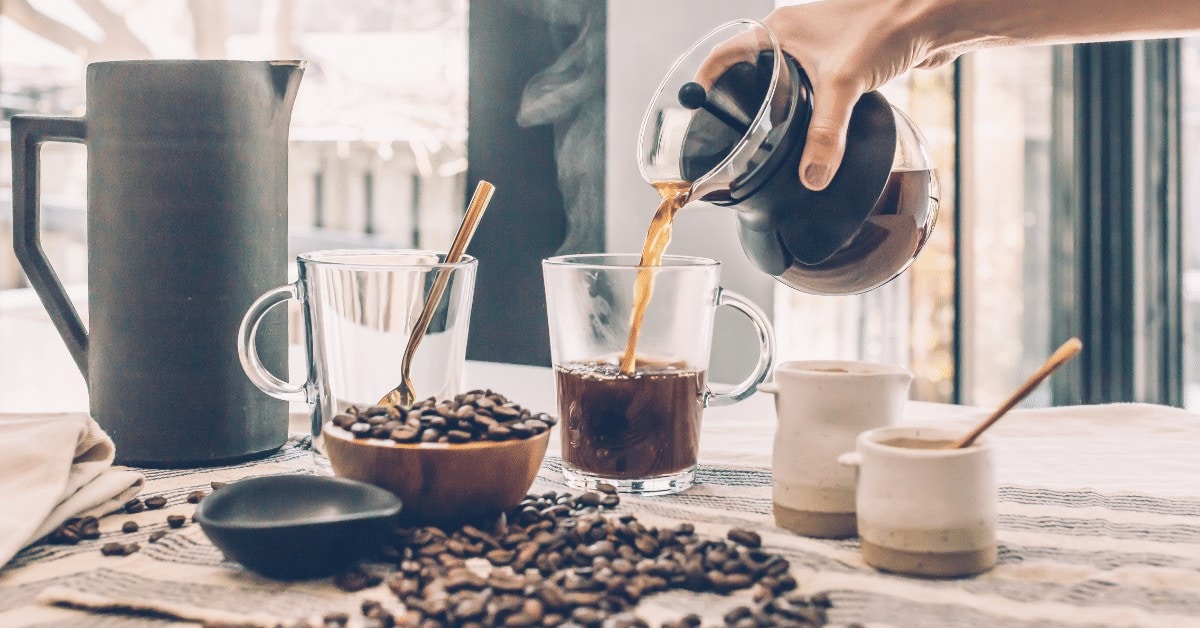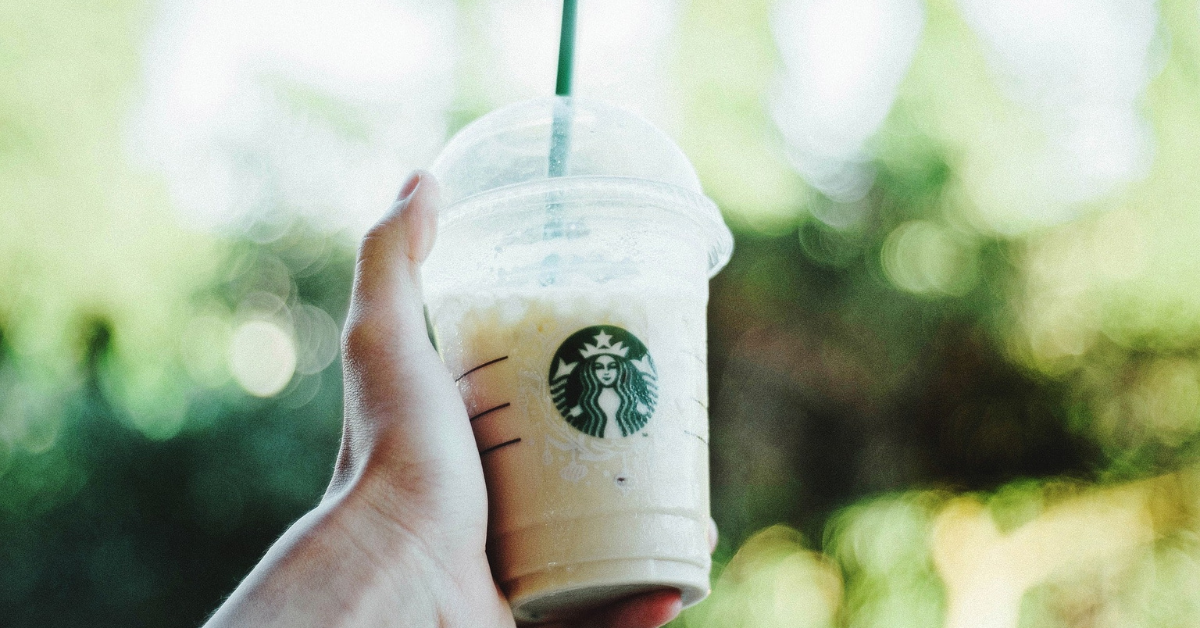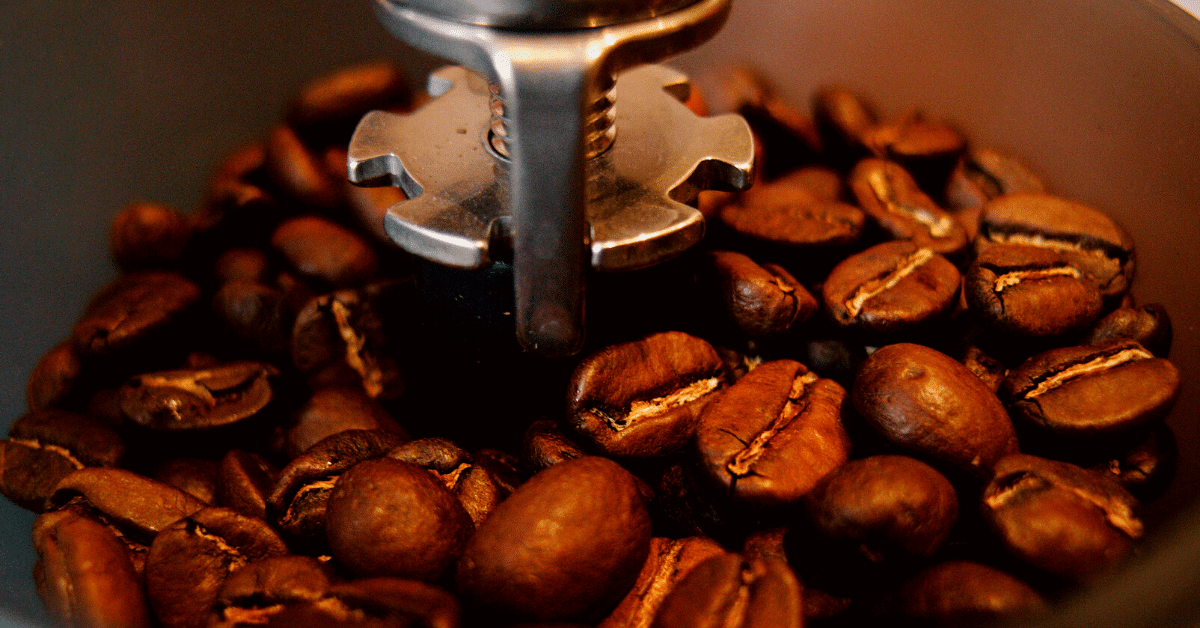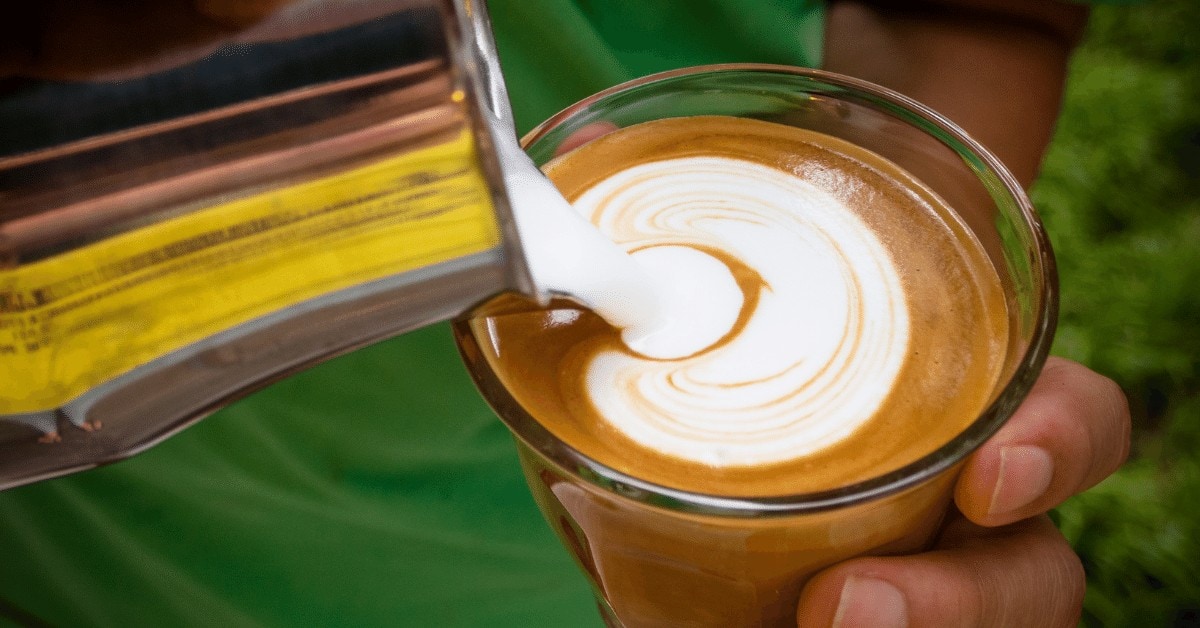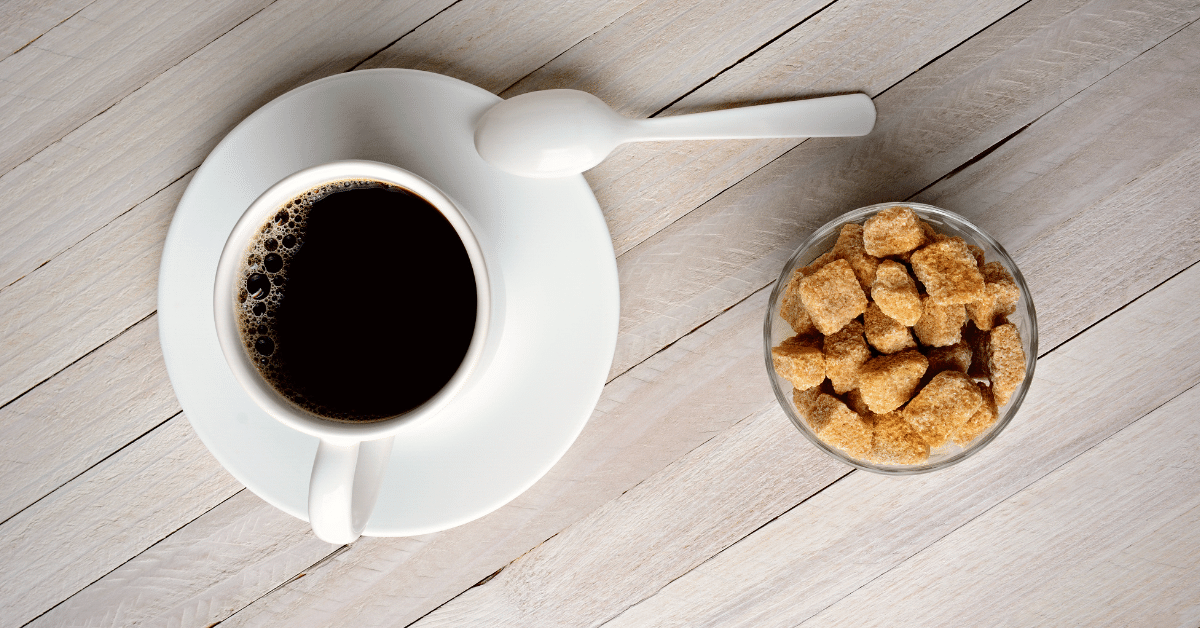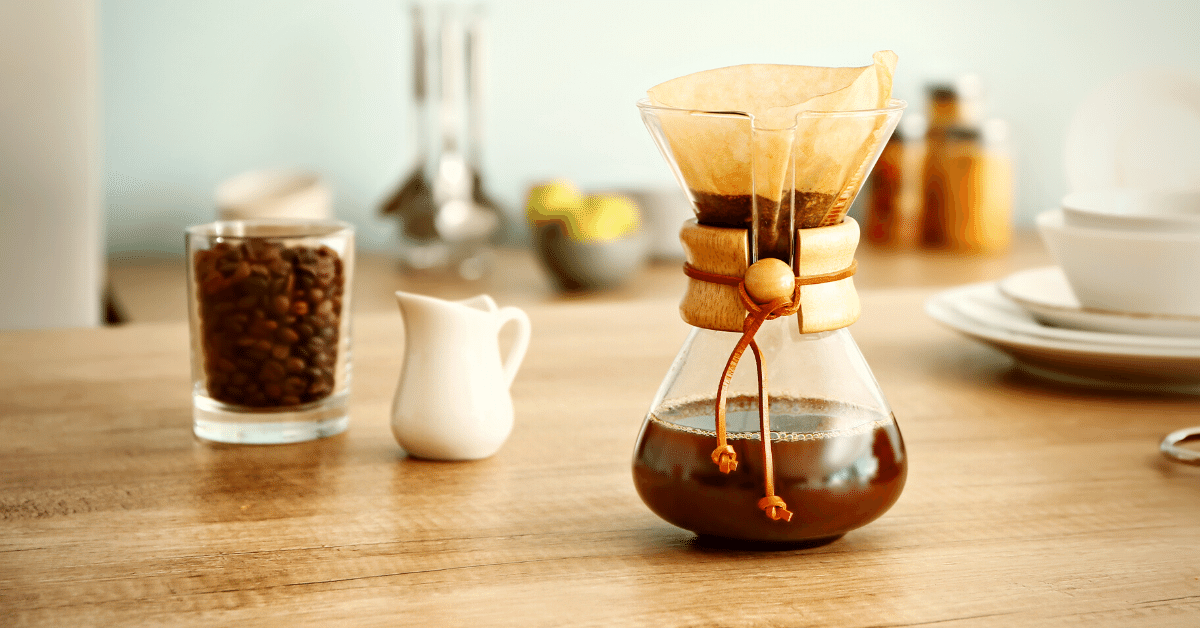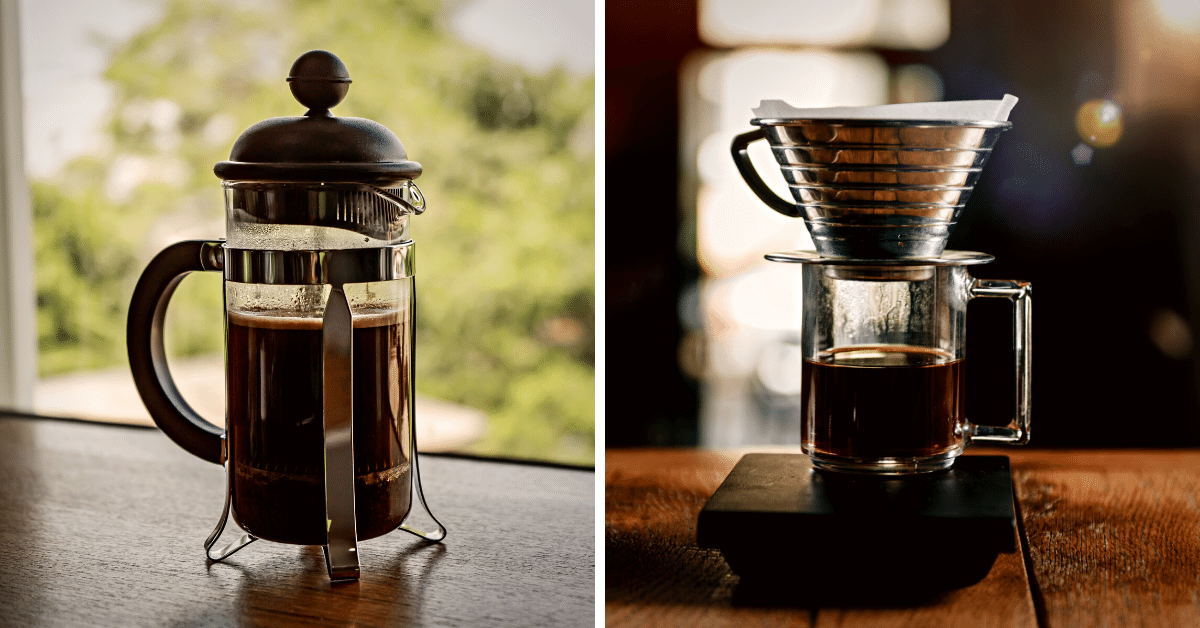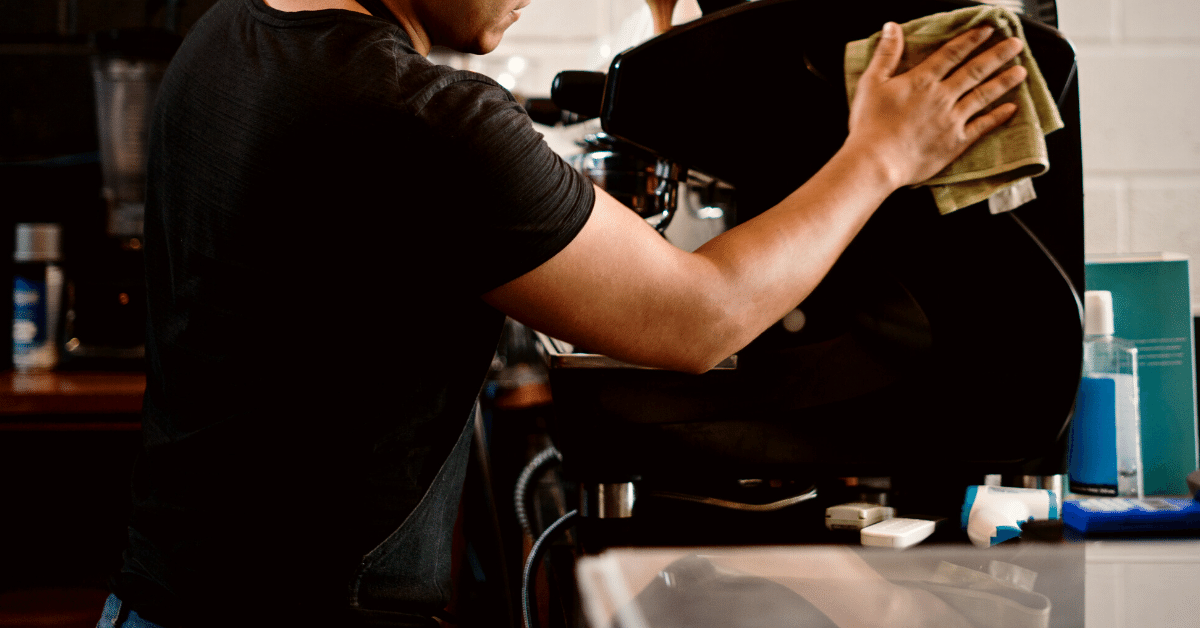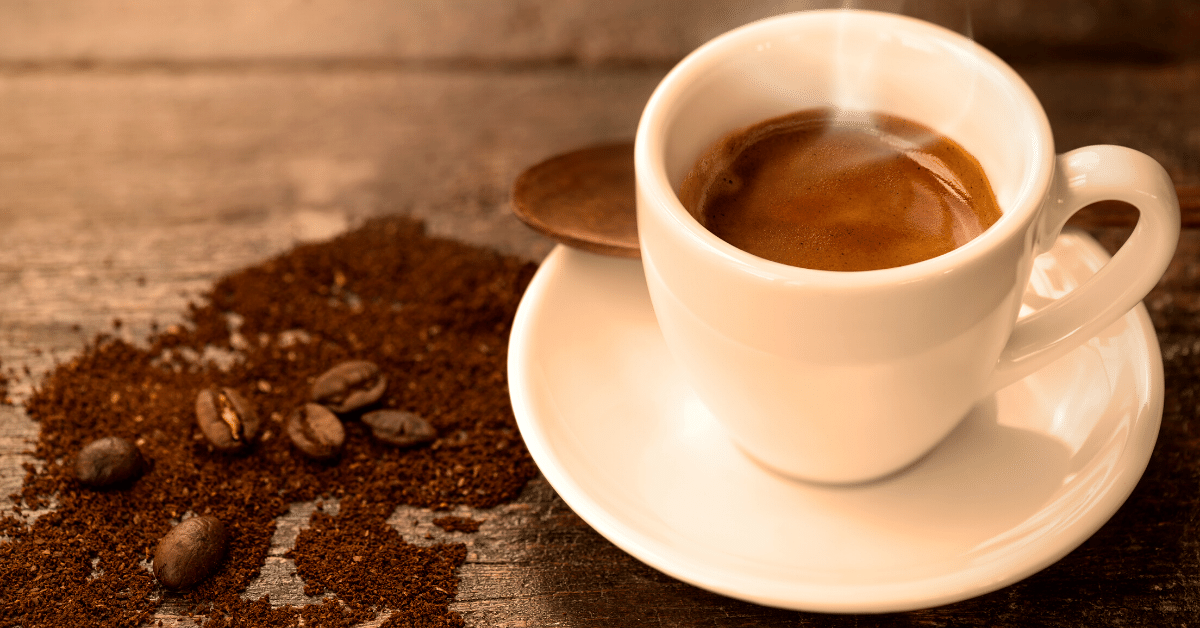If you’re a cold brew drinker you might be wondering how much caffeine your favorite drink has.
That way you can figure out whether one cup will suffice or whether you’ve got a great excuse to order a second!
For those who are confused as to whether or not that second round should be drip coffee or cold brew, it’s time to take a look at which has a better caffeine kick.
So, does cold brew have more caffeine than regular coffee?
In fact, it has slightly less caffeine than a regular cup of coffee.
There’s a lot that goes into that answer, however, so let’s check it out in more detail!
What’s in a Cup: The Caffeine Content of Cold Brew
Okay, so we know that cold brew has less caffeine than your regular hot coffee.
But what does that actually mean and how much caffeine are we talking about here?
To get an understanding of the caffeine content of cold brew, we first need to talk about the brewing method. Cold brew coffee typically uses less water and more coffee grounds than regular drip coffee.
But wait! Wouldn’t that mean that cold brew has more caffeine than regular coffee, not less?
Interestingly enough, the answer is no.
The reason behind this is thanks to one small yet key difference between cold brew and regular coffee: cold brew is prepared with cold water.
Hot water extracts more caffeine than cold water does, leading to lower caffeine content in your cold brew than in your regular coffee drink.
When you break that down into caffeine amounts, you’ll find most 16-ounce cups of cold brew contain about 200mg of caffeine.
In contrast, a regular cup of coffee of the same size contains about 330mg.
Factors That Affect Your Cold Brew Caffeine Content
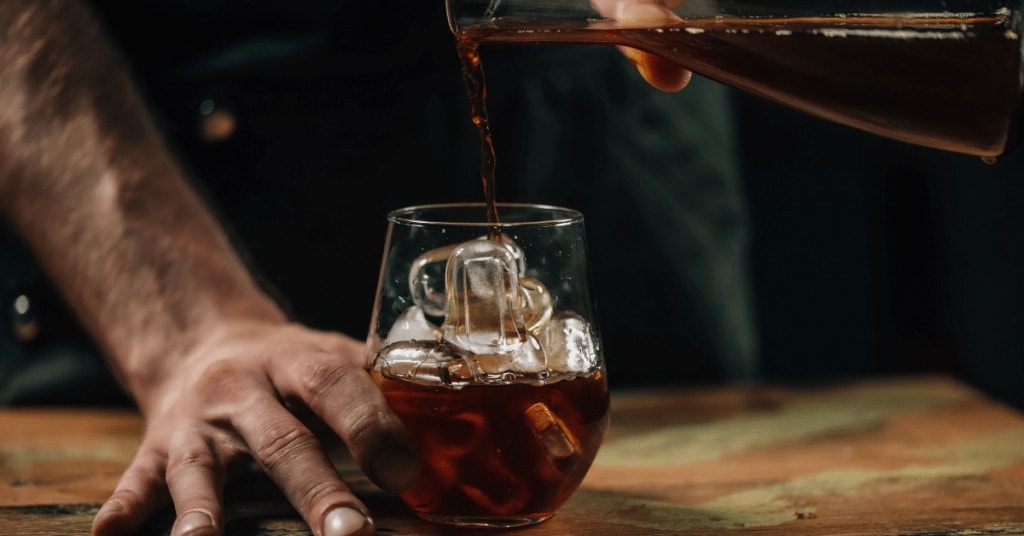
Even though cold brew’s average caffeine content is about 200mg per cup, don’t go thinking that all cold brew is created equal.
Quite a few factors can influence your cold brew’s caffeine content including:
- The serving size of the coffee
- The type of coffee beans and roasts used to make the drink
- The water to coffee ratio
- The grind size
- The brewing time
On top of that, the caffeine content will vary depending on where you buy your beverage.
If you’re a die-hard Starbucks cold brew fan your caffeine content will be right around the 200mg mark.
For those who can’t get enough of the golden arches, the caffeine content is going to be closer to 150mg because of all the sugar and ice added to it.
How Cold Brew Stacks Up to Other Types of Coffee
If you’re a big coffee drinker like me then you know that there are about a gazillion other ways to enjoy the drink. In other words, cold brew and drip coffee are far from the only types of coffee out there.
So, what does that mean for all of us Chemex and French press drinkers? Or how about the latte lovers? How much caffeine do our favorite drinks contain?
Let’s take a closer look at how cold brew’s caffeine content stacks up against other types of coffee drinks you might enjoy.
Iced Coffee
Even though iced coffee and regular cold brew are both cold beverages, they’re not one and the same. Remember that iced coffee is brewed hot and cooled down while cold brew is brewed cold.
Iced coffee, although brewed at hotter temperatures, uses less concentrated grounds. That means that iced coffee ends up having less caffeine than cold brew coffee.
In your standard 16-ounce cup of iced coffee, you’ll find about 165mg of caffeine. That’s still enough to keep you up at night though, so don’t order it too late in the day!
Espresso
If you’re a true Italian who loves his espresso straight you’ll need to know about the caffeine content of espresso.
A single shot of espresso usually contains about 63mg of caffeine, whereas a double shot contains about 124mg of caffeine.
Now, don’t think I’ve forgotten about my macchiato-loving friends! You can use this caffeine ratio to figure out how much lattes and cappuccinos have, too.
These types of drinks are made using espresso along with steamed milk or hot water. Since water and milk have zero caffeine in them, the caffeine content in the drink boils down to what’s in the espresso.
The only variation in your drink’s caffeine content depends on how many shots you use. If you use a double shot, you’ll double the caffeine content. If you use a triple or (dare we say quadruple?) shot then you’ll multiply the caffeine content by that number instead.
Other Types of Coffee
The brew methods for coffee really are endless, so if we still haven’t covered your favorite type of coffee, we’re about to. Here are a couple of other types of coffee and their caffeine content:
- Coffee pods: 100mg – 130mg of caffeine in an eight-ounce cup of coffee
- Instant coffee: 63mg of caffeine in a 2-gram serving of instant coffee (enough for one 8-ounce cup)
- Chemex: 80mg of caffeine in an 8-ounce cup of coffee
- Aeropress: 145mg of caffeine in an 8-ounce cup of coffee
- French Press: 135mg of caffeine in an 8-ounce cup of coffee
- Granitas coffee: 75mg in an 8-ounce cup of coffee
- Decaf coffee: 2mg of caffeine in an 8-ounce cup of coffee
Keep in mind that these caffeine contents are estimates. Just like I mentioned earlier, each cup of coffee’s exact caffeine content will vary quite a bit depending on a few different factors.
My recommendation?
If you want to know exactly how much caffeine your coffee will contain, check the label!
Ground coffee usually has caffeine contents on the label. So do pre-made coffees (I’m talking Dunkin’, Tim Hortons, and your other go-to coffee shops).
Kick Up the Caffeine With Cold Brew
Although cold brew doesn’t have as much caffeine as regular coffee, there’s still a good dose of this energy-enhancing stimulant in your cold brew.
That means that you’ll still get plenty of caffeine from drinking a cup of cold brew.
If you’re looking for more info on cold brew, I’ve got you covered there too.
Check out this guide to heating up cold brew and try enjoying your caffeine another way!

